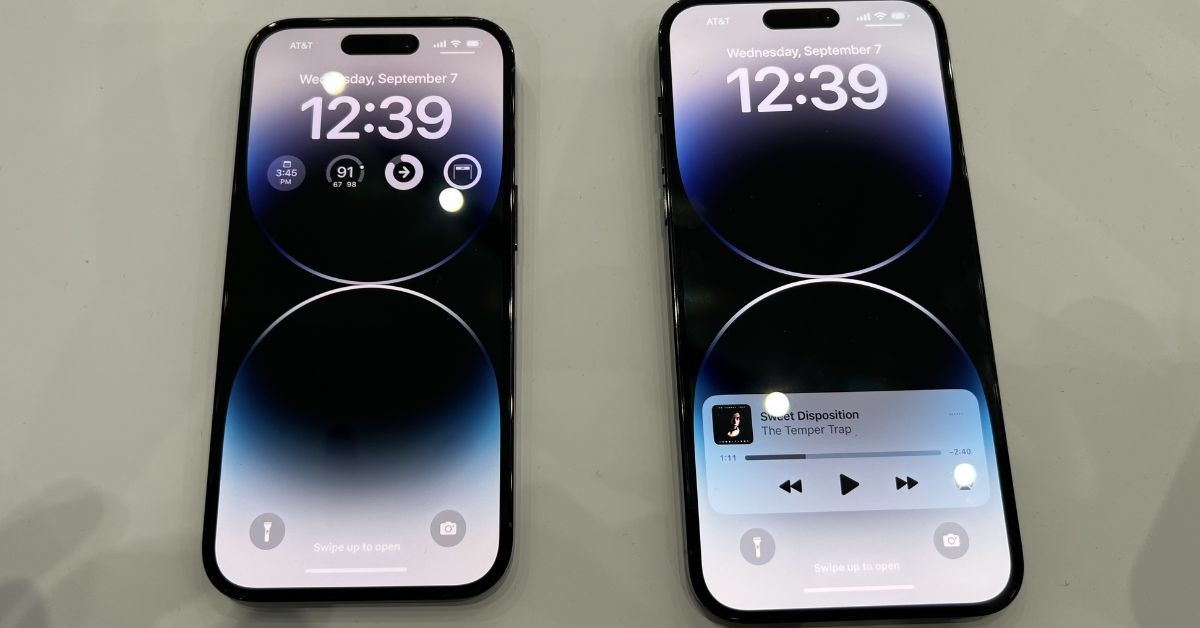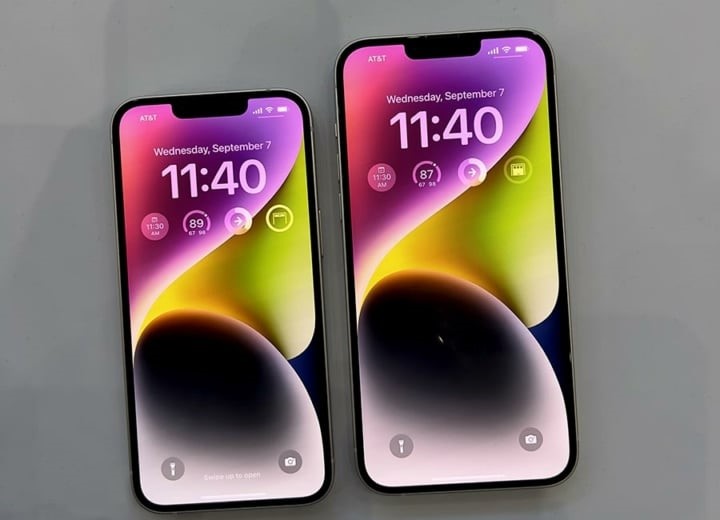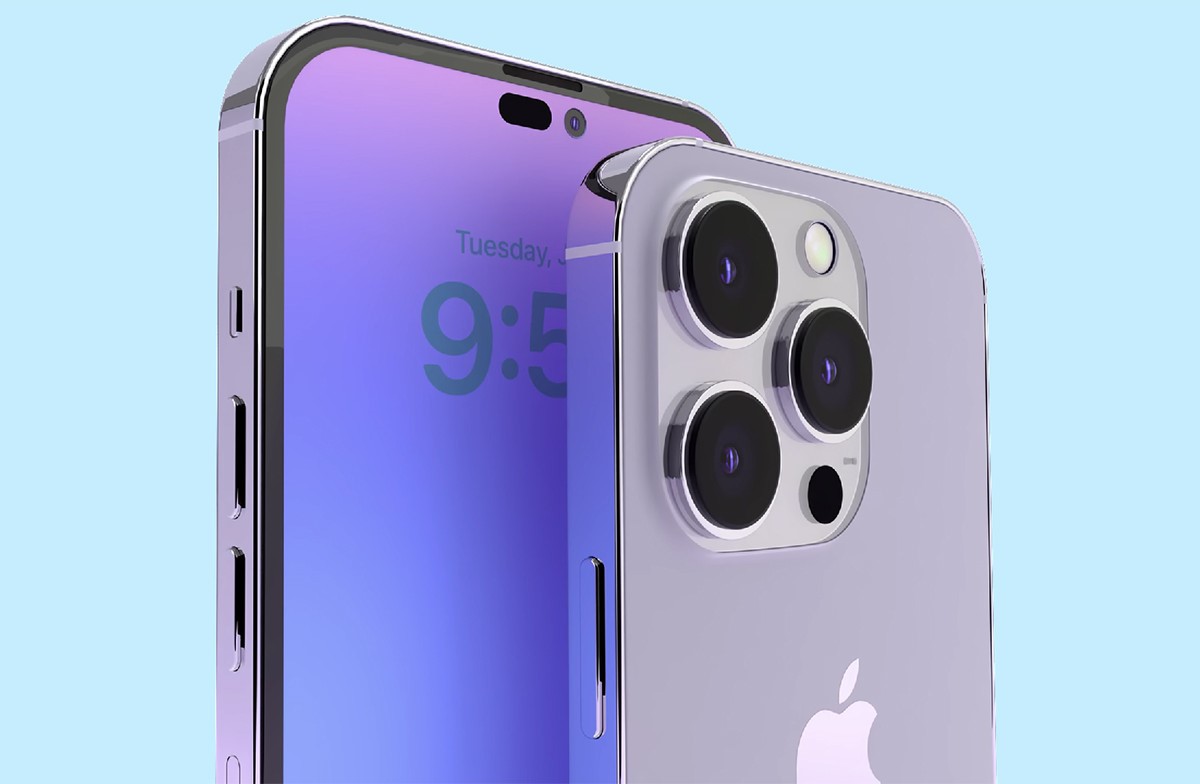The iPhone 14-series has positioned itself to be another paradigm change for the iPhone range. And it’s shaping up to be a very successful year for Apple. Instead of an iPhone small, Apple unveiled the iPhone 14 Plus, a bigger version of the standard iPhone. The crown jewels, though, are two different-sized versions of essentially the same phone: the iPhone 14 Pro Max and the iPhone 14 Pro.
Design and Display Quality
The only real distinction between the iPhone 14 Pro and 14 Pro Max is their size. If you desire a more compact iPhone 14 Pro, you will have to sacrifice display and battery life. Whereas, splurging on the best new iPhone will need you to adjust to its larger stature. And it will also cost more.
Because of its big size, the iPhone 14 Pro Max pushes the boundaries of usability. But the iPhone 14 Pro hits that sweet spot for most users.
The iPhone 14 Pro Max boasts the same 6.7-inch display as its predecessors. Meanwhile, the iPhone 14 Pro has the tried and true 6.1-inch screen, which is more than enough for most people.

The only real distinction between the iPhone 14 Pro and 14 Pro Max is their size
Both displays use 1-120Hz Super Retina XDR ProMotion screens, which provide high contrast, color reproduction, and motion. The iPhone 14 Pro and Pro Max feature the brightest screens on an iPhone, with up to 2,000 nits in strong daylight settings and up to 1,000 nits when users adjust the brightness slider manually.
You’ll find it hard to find a better-looking display anywhere else. They may be super-bright or extra-dim, have a refresh rate range of 1-120Hz. And they feature great color reproduction with rich, vibrant colors, incredible contrast, and excellent viewing angles.
Performance and Software
The A16 Bionic chipset is the key element in the top-tier iPhone 14 Pro and iPhone 14 Pro Max. It boasts a tried-and-true six-core design with two performance and four efficiency cores and is constructed on a 4nm node.
In terms of memory, both handsets have 6GB of LPDDR5 RAM. That could provide some performance advantage above the ordinary LPDDR4X on the regular iPhone 14. The iPhone 14 Pro and 14 Pro Max start at 128GB and can be up to 256GB, 512GB, or even 1TB of storage.

The A16 Bionic chipset is used in the top-tier iPhone 14 Pro and iPhone 14 Pro Max
Display Measurements
The Dynamic Island punch hole is considerably distinct from the standard notch on the iPhone 14 and iPhone 14 Pro. The updated design has given the punch-hole more usefulness while maintaining access to the Face ID and front camera parts.
The proximity sensor has been positioned beneath the display, which is most likely a preview of things to come. It comes across the UI to host a variety of continuous alerts, including as countdown timers, music playing album art, the Face ID unlock animation, and more.
While you can see the Face ID module and front camera while staring at the display in strong light, it’s not a significant deal.
Camera

ProRAW enables you to take 48MP photographs in their entirety
Cupertino has chosen a bigger new camera sensor, a gigantic 1/1.3-inch 48MP sensor. It employs pixel-binning to merge four pixels into one and eventually generate 12MP images, much like it does today. But it comes with improved dynamic range and light sensitivity in low-light circumstances.
ProRAW enables you to take 48MP photographs in their entirety, but be sure to do it in well-lit conditions. Indeed, the original 12MP sensor that was utilized throughout numerous iPhone generations is no longer available, but with significant improvements.
But, as the adage goes, “there is no substitute for displacement.” And the 48MP new sensor gives up a slew of possible upgrade pathways for future iPhones.








